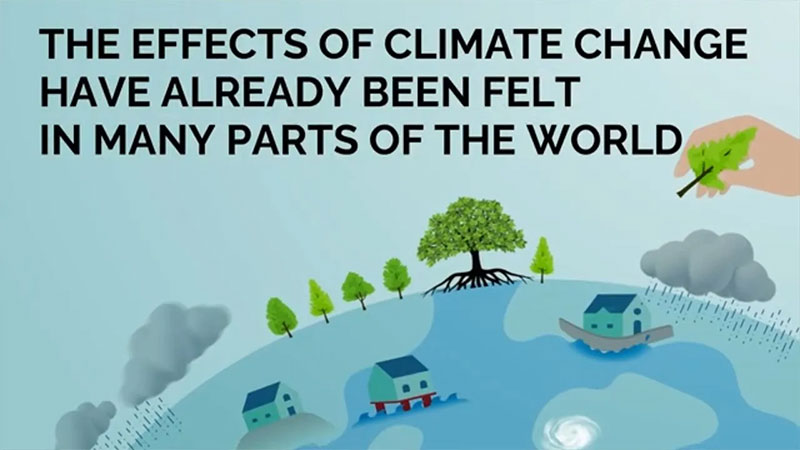
Introduction to AP-PLAT (Asia-Pacific Climate Change Adaptation Information Platform)
The following are self-paced e-learning videos about emerging adaptation issues such as Nature-based Solutions, Compound & Cascading Disaster Risks, and instructions on climate projection tools.
In these videos, you will learn about the four-step process for utilizing NbS during your project development.
This e-learning course on Nature-based Solutions (NbS) is designed to integrate NbS into local policies and financing schemes.
This lesson reflects on some of the insights to help proponents understand and navigate the process of collaborating with an AE.
This course introduces critical climate change data and how it is used in many sectors to make decisions.
This e-learning course aims to teach how the climate projection tool “ClimoCast” can be used in the National Adaptation Plan (NAP) process.
This video presents how to use "ClimoCast" in Japanese
This e-learning course targets local/national government officers and will help them develop the capacity to implement specific measures to build resilience against such disasters.
This short course introduces key considerations and approaches for climate change adaptation and urban resilience planning from the perspectives of sustainable waste and resource management.
This short course outlines some of the key concepts, opportunities, and challenges for enhancing and integrating climate change adaptation and disaster risk reduction.
The following videos are from the international event held by AP-PLAT.
These videos display a visualization of the temperature changes on a world map using the Climate Projection Data Set (CMIP6) used in the latest IPCC report (AR6).
The following are videos provided by AP-PLAT on climate change adaptation in Japan. It is available with English subtitles.

Prof. Mimura of Ibaraki University explains the background and prospects for future adaptation promotion plans in Japan, while Prof. Yokoki and Assoc. Prof. Tamura of Ibaraki University talk about adaptation promotion in agriculture and disaster prevention.